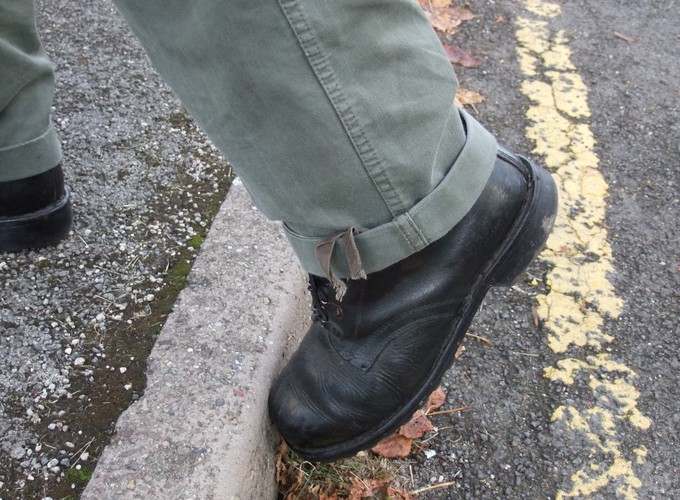Previous research using eye-tracking with pedestrians confirmed that observing the path to look out for potential hazards and obstacles is a critical visual task. Detecting obstacles is harder to do at night due to reduced light levels restricting the visual information we receive. One of the essential purposes of road lighting for pedestrians is therefore to help us see potential obstacles in our path. My PhD and subsequent postdoctoral research looked at the task of detecting obstacles and how lighting influenced this task.
In a laboratory study, I used a physical pedestrian simulator to investigate the effect of illuminance and spectrum on the ability to detect an obstacle. This found that increasing illuminance above 2 lux had little effect on our ability to detect an obstacle. Light with a higher Scotopic / Photopic luminance ratio (generally containing more short-wavelength light) did improve detection ability but only at very low illuminance levels, below 0.6 lux.
Data from this obstacle detection study were used in further anlayses to estimate minimum illuminances required to detect an obstacle of a critical size. Analysis of eye-tracking videos with pedestrians in real-world outdoor settings suggested we tend to look at potential obstacles in the path ahead an average of 3.4 metres away. To see an obstacle of a critical threshold size (10 mm) at this distance, a minimum of up to 1 lux illuminance is required, depending on the spectrum of the light and the age of the observer.
